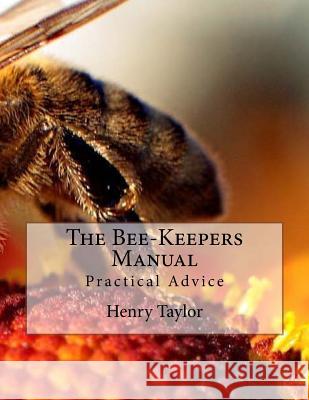The Bee-Keepers Manual: Practical Advice » książka
The Bee-Keepers Manual: Practical Advice
ISBN-13: 9781535275910 / Angielski / Miękka / 2016 / 104 str.
Apiculture (from Latin: apis "bee") is the maintenance of honey bee colonies, commonly in hives, by humans. A beekeeper (or apiarist) keeps bees in order to collect their honey and other products that the hive produces (including beeswax, propolis, pollen, and royal jelly), to pollinate crops, or to produce bees for sale to other beekeepers. A location where bees are kept is called an apiary or "bee yard." Depictions of humans collecting honey from wild bees date to 15,000 years ago. Beekeeping in pottery vessels began about 9,000 years ago in North Africa. Domestication is shown in Egyptian art from around 4,500 years ago. Simple hives and smoke were used and honey was stored in jars, some of which were found in the tombs of pharaohs such as Tutankhamun. It wasn't until the 18th century that European understanding of the colonies and biology of bees allowed the construction of the moveable comb hive so that honey could be harvested without destroying the entire colony. Collecting honey from wild bee colonies is one of the most ancient human activities and is still practiced by aboriginal societies in parts of Africa, Asia, Australia, and South America. In Africa, honeyguide birds have evolved a mutualist relationship with humans, leading them to hives and participating in the feast. This suggests honey harvesting by humans may be of great antiquity. Some of the earliest evidence of gathering honey from wild colonies is from rock paintings, dating to around Upper Paleolithic (13,000 BCE). Gathering honey from wild bee colonies is usually done by subduing the bees with smoke and breaking open the tree or rocks where the colony is located, often resulting in the physical destruction of the nest.
Zawartość książki może nie spełniać oczekiwań – reklamacje nie obejmują treści, która mogła nie być redakcyjnie ani merytorycznie opracowana.











